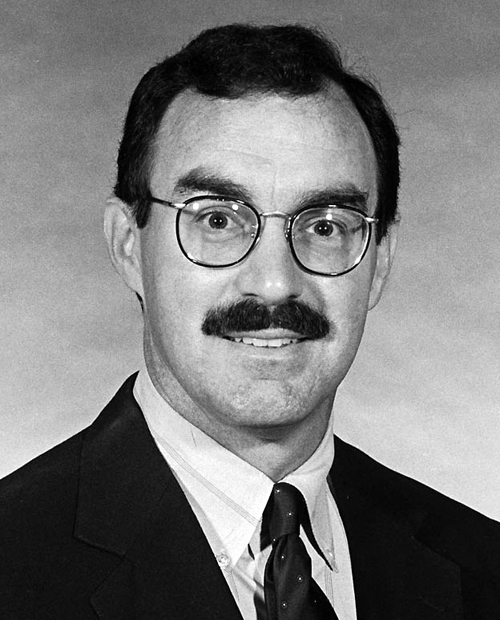Baylor Researcher To Search For America's Methane Hydrate Resource

John Dunbar
The U.S Department of Energy (DOE) has awarded a Baylor University researcher more than $270,000 to search a portion of the Gulf of Mexico for a massive source of hydrocarbon energy called methane hydrate, the main ingredient of natural gas.
Dr. John Dunbar, an associate professor of geology at Baylor, will use a new search method to acquire geophysical data of the site, located roughly 200 miles off the Mississippi coast, in hopes of providing a detailed map of where the methane hydrate is located, how often the gas "seeps through" and the volume that is underneath the seafloor.
Called the Mississippi Canyon, the site is about 3,000 feet wide and about 3,000 feet under water. It also has both active and dormant gas vents. Other academic institutions have been researching the site since 2001, but have not been able to ascertain where the hydrate is located nor how much is there.
"Methane hydrate sources, such as the one in Mississippi Canyon, could provide a major portion of our energy source for the future," Dunbar said. "Methane is also used as a feedstock for plastics, fertilizers, etc. We are going to need hydrocarbons for the foreseeable future."
An ice-like solid, methane hydrate is found beneath the seafloor in many locations across the globe, usually at depths greater than 3,000 feet. The most common place to find gas hydrate mounds are along the intersections of faults with the seafloor. According to the U.S Geological Survey, the nation's methane hydrate deposits are estimated to hold a vast 200,000 trillion cubic feet of natural gas. If just one percent of those deposits are commercially produced, it would more than double the country's natural gas reserves.
The three-year project will involve two phases. In the first phase, Dunbar and his research team will inject a direct electrical current into the seafloor to measure the resistivity of the sediment beneath the seafloor. The measurement of resistivity - the ability of a material to resist conduction of electricity - should show researchers where the methane hydrate is located. To do this, Dunbar and his team will drag a "sled" - a device with a nearly one-kilometer-long towed array - back and forth over the site, injecting the electrical current. Sediment containing methane hydrate within its pores will show higher resistivity, compared to sediment containing salt water will show lower resistivity. While the measurement of resistivity has been used for some time, the method has never been used at these depths. If the method works, it could provide a valuable new tool for detecting methane hydrate in deep waters.
"We hoping to see about 300 feet below the seafloor," Dunbar said. "Once this phase is complete, we should be able to develop a map of the area and show where the highest concentrations are located."
In the second phase, Baylor researchers will reconfigure the sled for "long-term deployment." Dunbar said they will leave the sled on the seafloor for about a year to get a better understanding of how the site changes over time.
"We will monitor a particular cross section of the site and hopefully it will show us whether the flow is constant or if it varies with time," Dunbar said.
The Baylor project is part of much larger effort by the DOE to uncover America's potential methane hydrate resource. The DOE awarded $5.8 million dollars to five other projects that will augment Dunbar's work. Those institutions awarded DOE funding include the University of Texas, Austin; Rice University; Georgia Institute of Technology; Rock Solid Images - a commercial company; and the North Slope Borough - a DOE project.
"The Baylor project fits in nicely to what the DOE wants to do," Dunbar said. "We think we have a good, logical new method to search for the gas that will provide results. I'm glad to see others believe we do, too."
Media contact: Frank Raczkiewicz, (254) 710-1964.